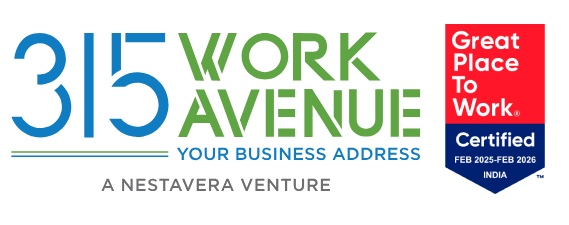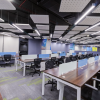Globally, companies are implementing new modern office designs in response to a pandemic-changed world. About 60% of respondents expect changes to architecture and design in the office space,
The coronavirus pandemic has led to safety concerns and insights. Some offices, for instance, installed one-way corridors and Plexiglass barriers between desks to enhance safety in the workplace.
What can architects do to ensure that a clear divider is both functional and aesthetically pleasing?
There is no information available on how these pandemic-related architectural measures will be incorporated into office designs after the epidemic concludes.
There is also the cultural shift toward more remote work, and sometimes even the flourishing of it, from so many office workers. Technology has changed our relationship with our workspace since it has allowed people to work from home with little interruption.
The WFH!
Now, when reentering the workforce, people expect that their workplaces should better serve them. More and more people are working from home, which makes office spaces increasingly irrelevant.
Today, innovative workplace approaches such as hot-desking in the office (or ‘hoteling’) and rotating in-office days seem more likely to be implemented.
Cubicles are a history!
Open-plan offices have become increasingly popular in the recent past. Following a long period dominated by cubicles, open office layouts became hugely popular in the 2010s. Open office spaces have been debunked by some experts as being inefficient, inefficient, and inefficient.
Workers required social distance to remain safe before the pandemic arose. In the wake of cubicles falling by the wayside and open offices not being the answer, then what is?
Pivot to Technology!
One constant remain: Despite all this turmoil, businesses must be able to pivot as conditions change.
The relationship between technology and office spaces has changed radically in recent decades, and smart workplace technology can help solve several modern challenges.
To set up safe, welcoming work environments, organizational and design professionals can use a variety of tools. From touch-free features to modular furniture, they are well equipped with plenty of resources.
Innovative Design Strategies for the Future!
Designing agile workspaces that meet users’ needs while meeting the challenges of changing working environments is possible regardless of the challenges. Office space planning just involves maintaining a few trends in mind.
Uncertainty is always mitigated by flexibility.
The future of office space remains uncertain. The best way to solve uncertainty in office floor plans is to design them with a flexible mindset. The adoption of a smarter, more agile workspace design will give an organization the ability to make immediate changes. Companies from some industries will benefit from that stability.
Collaborative environments should be promoted at work.
The connection between collaborative workspaces and employee engagement was one factor that led them to gain popularity. It’s not feasible anymore to share old-fashioned workstations with people who only go to the office for meetings.
Modular furniture allows people to rearrange and customize their interiors as their needs and preferences change. Building technology and smart furniture that can accommodate a variety of functions and can be readjusted rapidly, while maintaining a sense of control, can provide workers with an enhanced sense of productivity.
Safety and design must work together.
Beautiful workspaces alone are not enough. They must exemplify safety also. If only a few days a week, workers want to be confident about returning to the office. To maximize social distancing and safety guidelines while still maximizing productivity in the workspace.
Final Words!
While many businesses or office designers have had an arduous year, it has provided them with opportunities for ingenious thinking and solutions. Workspaces can be designed to work effectively in the event of a pandemic by taking into account market dynamics.




